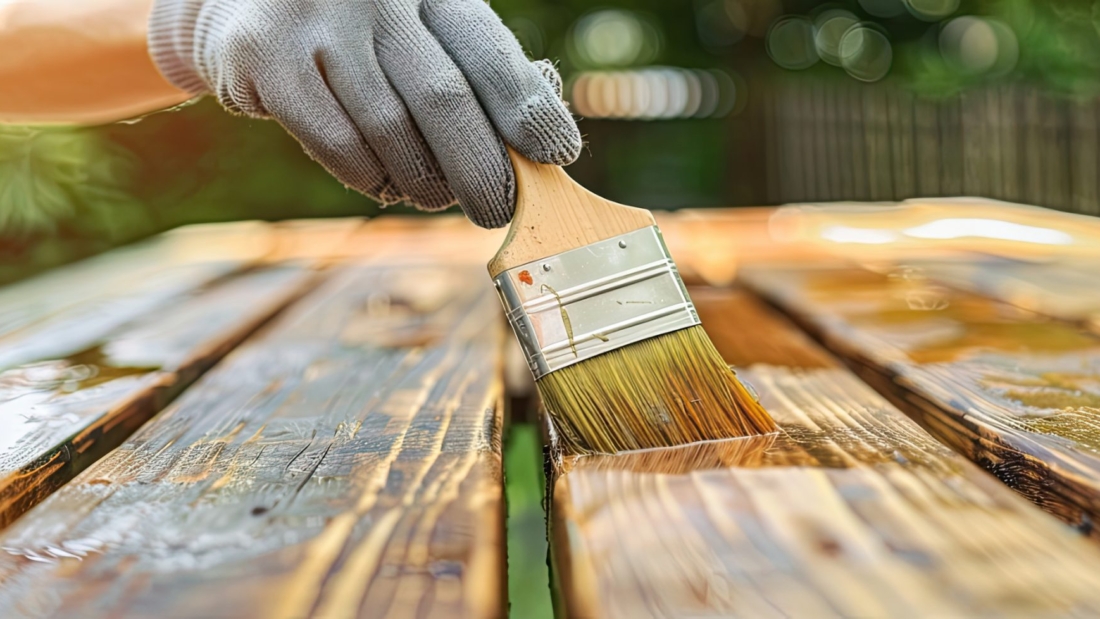How to Give Old Furniture a Fresh Start: A Cape Cod Thrift Find Turns into a DIY Masterpiece
It was a sunny summer afternoon on Cape Cod when a couple’s leisurely drive took an unexpected turn. While cruising past a quaint roadside thrift shop, something caught the eye—two midcentury-style chairs with sleek lines and undeniable potential, positioned enticingly out front. The car came to a quick stop. The couple, in search of dining chairs, saw this as a serendipitous find.
Curiosity led them inside the store, where a brief conversation with the shop owner revealed even more good fortune: there were four additional matching chairs tucked around the back. Six chairs in total—and the price? A jaw-dropping $30 for the entire set. Without hesitation, a generous $35 was handed over, sealing what could only be described as a vintage-lover’s dream deal.
But there was one glaring flaw. All six chairs had been painted an unfortunate shade of pale puce green—more lifeless than charming in reality, despite what the camera lens suggested in a flattering photo. Still, for $35, the deal was too good to pass up, and the solution was clear: the chairs needed a full DIY makeover.
Thus began the project—a patient, rewarding transformation of neglected furniture into functional, stylish pieces worthy of a modern dining space. Here’s how it all unfolded.
The Materials Needed for a Furniture Makeover
Before the magic began, it was time to gather the essential tools and supplies:
- Latex paint (in the desired finish and color)
- Primer (crucial for coverage and durability)
- Water-based polycrylic or finishing wax (to seal and protect)
- Paint brush (for detailing and edges)
- Foam paint roller and tray (for smooth, even surfaces)
- Medium and fine-grit sandpaper
- Tack cloth (to remove dust after sanding)
- Drop cloth or protective sheet (to save the floors)
- Painter’s tape (if needed for precision work)
Step One: Find Your Inner Zen
The first and most underrated step in any DIY project? Adjust your mindset.
Though it’s tempting to rush through a makeover in pursuit of that instant “after” moment, experience teaches that a truly beautiful, long-lasting result comes only with patience. So, before opening the paint cans, it helps to set the mood. Queue up those TED Talks, download that epic audiobook you’ve been postponing (yes, even War and Peace), and prepare to slow down. Painting furniture can be more than just a task—it can be a meditative, deeply satisfying process if approached with calm and care.
This project wasn’t about speed; it was about intention. Every step—from sanding away the old paint to watching a new color bloom across the wood—was a chance to breathe, focus, and create something meaningful.
The Journey Ahead
What followed was a thoughtful transformation: sanding each chair to remove the old, uneven layers of green, priming them with care to create a solid foundation, then applying smooth coats of a more elegant, neutral shade. A foam roller ensured sleek surfaces, while a brush handled corners and curves. Between coats, drying time was respected. Imperfections were gently buffed with fine sandpaper. The final touch? A protective layer of polycrylic to seal the paint and add durability—especially important for dining chairs destined for daily use.
The result? A fresh set of six beautiful, cohesive chairs that looked as though they’d come straight from a high-end design showroom—only these had a backstory and a personal touch that no price tag could replicate.
What began as a roadside surprise ended as a handcrafted triumph, a reminder that sometimes the most stunning pieces don’t start in perfect condition. With a little vision, the right tools, and a whole lot of patience, even a $35 set of chairs painted an unfortunate shade of puce can be reborn into something extraordinary.

